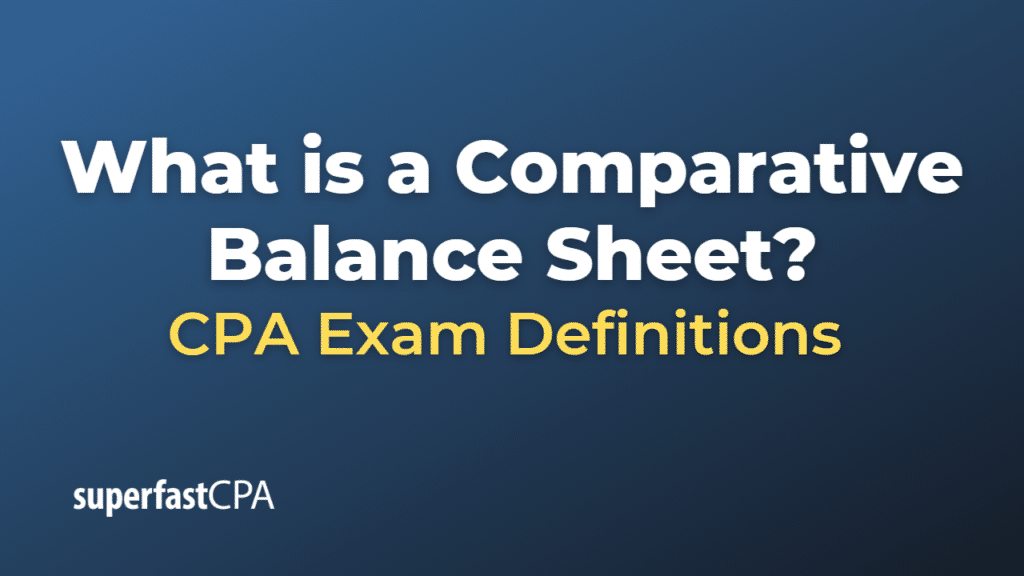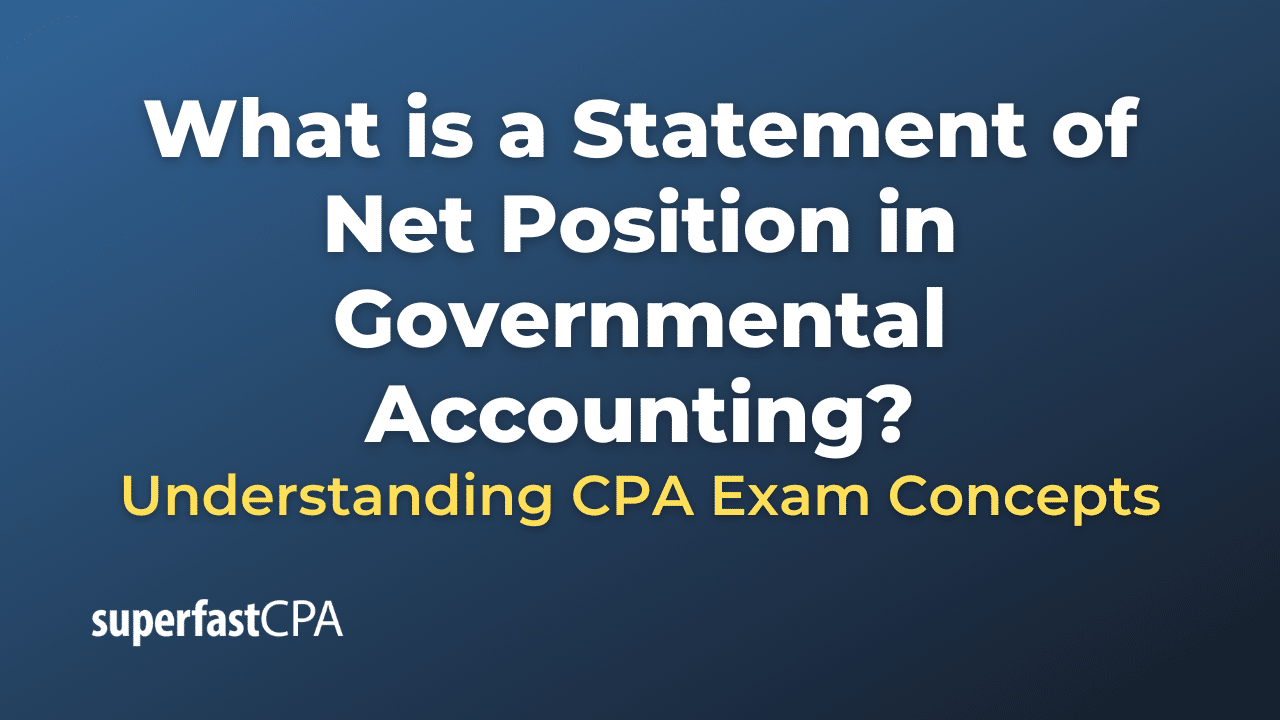Comparative Balance Sheet
A Comparative Balance Sheet is a financial statement that presents the financial position of a company at two or more different points in time, usually side by side. It is a useful tool for analyzing and comparing a company’s financial health over multiple periods. The main components of a balance sheet include assets, liabilities, and shareholders’ equity.
By comparing balance sheets from different periods, stakeholders can identify trends, changes, and improvements or declines in the company’s financial position. This information helps in assessing the company’s liquidity, solvency, and overall financial performance.
A Comparative Balance Sheet can provide valuable insights, such as:
- Changes in working capital, which indicate how well the company is managing its short-term financial obligations.
- Growth in fixed assets, which may signify expansion or investment in long-term assets.
- Changes in debt levels, which can be used to assess the company’s debt management strategies.
- Changes in shareholders’ equity, which may indicate the company’s ability to generate returns for its shareholders.
Overall, a Comparative Balance Sheet is an essential tool for financial analysis that helps investors, creditors, and management to make informed decisions about the company’s financial position and performance.
Example of a Comparative Balance Sheet
here’s a simple example of a Comparative Balance Sheet for a hypothetical company, “ABC Corporation,” showing the financial position at the end of two consecutive years.
ABC Corporation
Comparative Balance Sheet
(All figures in USD)
Year Ended December 31,
2022 2021
Assets
Current Assets
Cash and cash equivalents 120,000 90,000
Accounts receivable 80,000 70,000
Inventory 50,000 40,000
Total Current Assets 250,000 200,000
Fixed Assets Property, plant, and equipment 300,000 250,000
Less: Accumulated depreciation (60,000) (40,000)
Net Fixed Assets 240,000 210,000
Total Assets 490,000 410,000
Liabilities
Current Liabilities
Accounts payable 60,000 50,000
Short-term debt 30,000 20,000
Total Current Liabilities 90,000 70,000
Long-term debt 100,000 120,000
Total Liabilities 190,000 190,000
Shareholders’ Equity Common stock 50,000 50,000
Retained earnings 250,000 170,000
Total Shareholders’ Equity 300,000 220,000
Total Liabilities & Equity 490,000 410,000
From this Comparative Balance Sheet, we can observe the following changes:
- The company’s cash and cash equivalents increased by $30,000 (from $90,000 to $120,000).
- Accounts receivable increased by $10,000 (from $70,000 to $80,000).
- Inventory increased by $10,000 (from $40,000 to $50,000).
- Net fixed assets increased by $30,000 (from $210,000 to $240,000).
- Accounts payable increased by $10,000 (from $50,000 to $60,000).
- Short-term debt increased by $10,000 (from $20,000 to $30,000).
- Long-term debt decreased by $20,000 (from $120,000 to $100,000).
- Retained earnings increased by $80,000 (from $170,000 to $250,000).
This example demonstrates how a Comparative Balance Sheet can help stakeholders identify changes in the company’s financial position over time, facilitating analysis and decision-making.













